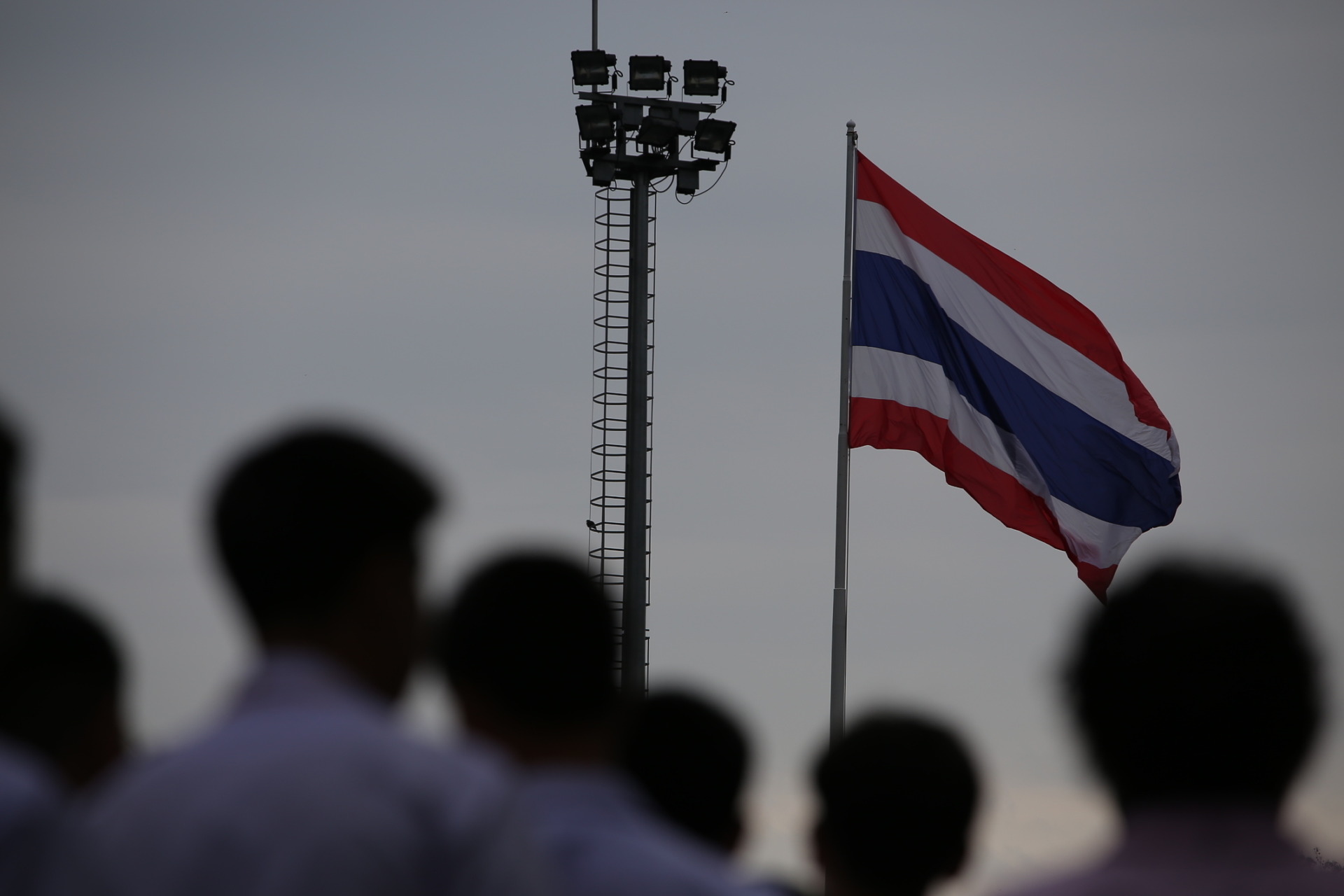As expats living and working in Thailand, we are very much familiar with common Thai symbols like the elephant, or even the giant Buddha statues, or even phad thai. But how much do we really know of the kingdom’s official flag?
In a The Nation article, the Thai flag, or the Thong Trairong, symbolizes a distinct national identity that carries more than just patriotic colors. “Every stripe and shade holds historical and cultural significance, reflecting the values and identity of the Thai nation”, says the report.
To start, the Thai flag was officially adopted in 1979, during the reign of King Vajiravudh (King Rama VI). The flag’s distinct five horizontal red, white and blue stripes is a modern interpretation, which is an effort to update the kingdom’s image during World War I. Before the current flag that we see now, the previous flag featured a white elephant on a red field.
The outer red stripes represent the Thai people and the land. The inner white stripes stand for religion, specifically Buddhism, the religious affiliation of most Thais. The central blue stripe, which obviously is twice as wide as the other colors, symbolizes the monarchy.
The report also adds that the tricolor design also echoes the red, white, and blue flags of the Allied Powers during World War I, emphasizing Thailand’s diplomatic alignment with the West during that time.
Thong Trairong, or “tricolor flag”, is the national banner that visually expresses the country’s motto: “Nation, Religion, Monarchy” (Chat Satsana, Phra Maha Kasat).

